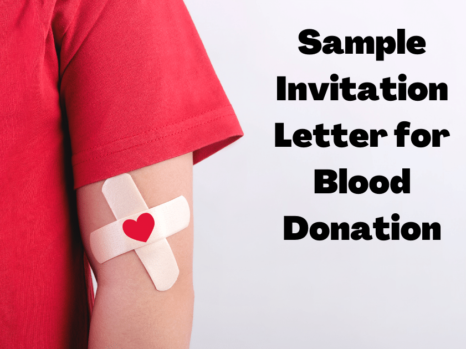Emails have become the 21st century method of communication, especially in the business world. Messages sent by email lack the visual and auditory cues of real-life conversation, making them particularly vulnerable to being misinterpreted. Writing the body of an email is not as tricky and confusing as email endings. When you are sending out a professional or informal email message, it is very important to end your email appropriately.
Just as there is a style to how to address someone in an official email, and for the overall format, there are also guidelines in place for email endings. Some of those guidelines include:
- Write a summary of everything that you’ve written, just to be polite and wrap the body of your mail up properly. Include a short sign-off to signify the end of your message.
- To end your email, it is important to convey the appropriate amount of respect to the person receiving it in a manner that is professional and courteous. This means including a befitting closing and an email signature with your contact information.
- Be careful with your signature. Be mature and include only what is necessary. It is important to have a signature that includes your basic contact information, such as your full name, phone number, fax number, work number, work address, work email, etc. Smiley faces and the like are not appropriate email endings.
- Never use a quote to end your email no matter how inspiring or professional the quote may seem to you.
- You can also include a short link to your website for business emails. Do not include a list of links as that would suggest that you are trying to oversell yourself.
- Do not abbreviate your last regard. Write in full and keep it professional.
- Your closing should remind the reader of the main thrust of your message and, at the same time, show your pleasure in communicating with the recipient.
- Your email closing should also leave the recipient feeling good about you.
Before you write your next email!
If you do not have Grammarly – A grammar checker that I use every day for all my writing, please get it free from here Now. Grammarly. You can read my full story on how I discovered Grammarly here.
Business Email Endings
There are different ways to end business emails. Different people have their preferred ways of ending professional emails. Some of the most common and appropriate email endings include:
- Business Email Endings that show anticipation or call to action
Professionally, this is a very appropriate and generally acceptable method of ending your mail. Most people in the business world end with an expression of the action expected from the recipient. Examples of such endings include:
Business owner to a client:
“Do not hesitate to contact me if you have any concerns.”
Manager to secretary:
“Looking forward to receiving the minutes of the meeting.”
- Business Email Closing Expressing Appreciation
Ending your business email by showing appreciation is a very polite way as people love to be and feel appreciated. It leaves the recipient feeling good. Some examples of this email ending include:
“Thank you for your time and consideration.”
Jessica Orika.
“Thank you for your patience”
Jessica Orika
- Business Email Closing Requesting for Action
This kind of closing seems rather straightforward. It is usually adopted when there is little or no relationship between the sender and the recipient. Some examples of this closing include:
Recruiter to a job seeker:
“Please reply to this message to confirm that you accept our proposal.”
Secetary to the president of a company to an employee:
“Please contact me for an update on the outcome of the meeting with the president.”
HOD to student representative:
“Please contact me to discuss the timetable for next semester.”
- Signing Off with considerations
In addition to any of the optional email endings listed above, it is also appropriate to sign-off with a consideration, though it is not compulsory. Ensure that your choice consideration is an appropriate fit for the body of your message. Some of the ways of signing off include:
- Yours Faithfully: This is very formal and very good for first time contact with the
- Kind Regards: This is formal and can be used if this is the second time you are contacting the recipient.
- Warm Regards and Regards This is personal and professional and appropriate only when a business relationship has been struck already.
- Yours truly, Sincerely, Yours sincerely and All the best are good and very personal endings that depict familiarity. It should only be used for regular clients.
Your business email closing should be in this order:
A job seeker to a prospective employer:
Thank you for your time and consideration.
Yours Faithfully,
Jessica Orika
240-801-2349
Casual Email Endings
Since most emails are usually professional, ending casual emails doesn’t require any standard format or guidelines. These are the kind of emails you send to a buddy from work, school or even family so be as polite and friendly as possible. Some appropriate considerations for ending emails such as this include: Best, Cordially, Cheers, Yours, Kindest regards, Warmest regards, I remain yours truly, Warmly, Take care, Have a great day, Happy Holidays, Enjoy your weekend, Keep up the good work etc.
Just be sure to let your email endings reflect your personality, professionality (for formal emails) and good manners.



